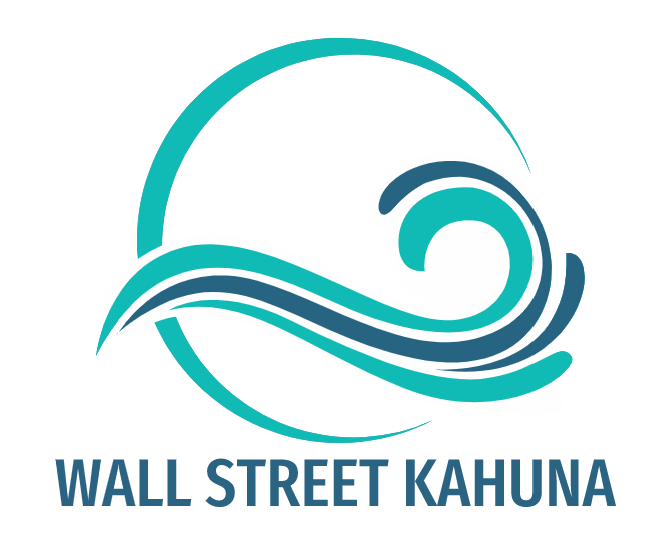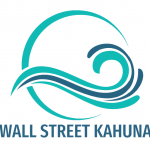GLP-1 weight loss drugs are redefining the approach to obesity treatment. These drugs are not mere flashes in the pan; they represent a significant medical breakthrough. Ozempic users, for instance, have reported an astonishing average weight loss of 20% over 68 weeks – a stark contrast to the 2% loss observed in placebo groups. This translates to an average reduction of about 46 pounds per person in a testament to the life-altering impact of these drugs.
The implications of this development extend far beyond individual health benefits. We stand on the cusp of a healthcare revolution, one that could significantly diminish the need for treatments of chronic diseases that have long burdened individuals and healthcare systems alike. However, the story doesn’t end with health implications. The burgeoning success and adoption of GLP-1 weight loss drugs are starting to ripple through the stock market, capturing the attention of investors and analysts alike. This isn’t just about health transformation; it’s about a transformation in consumer spending habits too.
As experts begin to assess the broader impact of these drugs on consumer behavior and spending, we’re witnessing a potential reshaping of market sectors. From a surge in clothing sales as people embrace their new physiques to a possible decline in junk food consumption, the effects are manifold. Airlines might save on fuel costs due to lighter passenger loads, while pharmaceutical companies could see a windfall from these breakthrough treatments.
Conversely, the traditional weight-loss industry might face challenges, and medical device makers could find themselves in a new competitive landscape. The adoption of GLP-1 weight loss drugs could lead to healthier food choices in restaurants and grocery stores, and insurers and hospitals might benefit from a decrease in disease rates. This shift promises a new America – one with longer, healthier lives, more quality family time, and vibrant later years. For investors, this is a pivotal moment, as the impact of GLP-1 weight loss drugs could be transformative, offering a unique opportunity to capitalize on a market poised for significant disruption.
Appetite for Change: How Weightloss Drugs are Reshaping the Plate
Protein intake is crucial for maintaining muscle during weight loss. Interestingly, users of GLP-1 drugs often report an intolerance to greasy foods, potentially signaling a significant downturn in fast food consumption. This shift spells trouble for giants like McDonald’s (MCD) and Shake Shack (SHAK). Not to pick on Krispy Kreme (DNUT), but businesses selling just one type of unhealthy product could face a higher risk.
On the flip side, companies like Kraft-Heinz Co (KHC), with its protein-rich portfolio including Oscar Meyer and Philadelphia, could gain a competitive edge as the popularity of these drugs escalates. However, with evidence increasing to support the case KHC.is in overbought territory, here’s a stock I like more:
Simply Good Foods (SMPL)
Simply Good Foods is another solid contender benefiting from the expanding GLP-1 obesity drug market with a protein-centric group of offerings.
The company recently outperformed earnings expectations, reporting a Q4 EPS of $0.45 against a forecast of $0.44. This performance, coupled with a robust sales figure of $320.4 million for the quarter, underscores its financial health and market resilience. With a market cap of $3.946 billion and a PE ratio of 30.02, SMPL is positioned as a solid player in the nutritional foods and snacking sector.
Analysts have a positive outlook on SMPL, with a 1-year target estimate of $42.64, suggesting room for growth. The company’s success in the protein shake market, which is gaining traction alongside GLP-1 drug adoption, positions it well to capitalize on the increasing health and wellness trend.
For investors eyeing stocks that could benefit from the GLP-1 obesity drug wave, Simply Good Foods presents a compelling option. Its strong financial performance, positive market reception to its products, and alignment with health trends make it a noteworthy addition to investment watchlists.
Incidentally, another reported effect of GLP-1 drugs is the loss of cravings for sweets – Sorry Hershey (HSY) and JM Smucker.Co. (SJM).
Pharma’s New Frontier: The Weight Loss Gold Rush
Novo Nordisk (NVO) has emerged as a clear frontrunner with its drugs Wegovy and Ozempic, the latter primarily targeting diabetes control. The Danish drugmaker reported $12.5 billion in sales the during the first nine months of 2023, a roughly 90% year-over-year increase.
Eli Lilly has raked in $3 billion in sales this year for its injectable drug akin to Ozempic and Wegovy, Mounjaro. Pfizer (PFE) is eager to join the promising field. However, the current necessity for weekly injections poses a significant barrier to widespread adoption; the prospect of self-injecting, even with user-friendly disposable pens, is daunting for many.
However, the latest player to enter the weight loss drug arena, projected to be worth $100 billion by 2030 is in the late stages of developing a groundbreaking pill form of the GLP-1 compound could dramatically accelerate drug adoption, offering a more palatable alternative to injections:
AstraZeneca (AZN)
AstraZeneca is stepping up in the lucrative GLP-1 obesity drug market. They’ve just inked a deal with Eccogene for ECC5004, an oral GLP-1 receptor agonist, marking a shift from the usual weekly injection format of current obesity drugs. This move pits AstraZeneca against established players like Novo Nordisk and Eli Lilly, both leaders in GLP-1 drugs for diabetes and obesity.
AstraZeneca’s ECC5004 is still in early-stage trials, but the potential is significant. They’ve committed $185 million upfront to Eccogene, with a further $1.825 billion pending milestones and sales royalties. AstraZeneca holds global rights, barring China.
AstraZeneca’s stock, which dipped 5% this year, saw a 1% rise post-announcement. Analysts predict a positive trend for the stock, buoyed by this deal and AstraZeneca’s robust drug portfolio.
The GLP-1 craze has hammered once-popular medtech stocks like Insulet (PODD) and DexCom (DXCM). Makers of medical products used in bariatric surgery and glucose-monitoring devices, Medtronic (MDTN), has been trying to ease investor concerns over a potential hit to demand from the rising popularity of the new drugs. However the company is vulnerably positioned as it faces a healthcare system that includes GLP-1 drugs.
Sweat Equity: Investors Muscle Up in the Market
The surge in weight-loss drugs like Ozempic is unexpectedly benefiting the fitness industry. Initially thought to reduce gym demand, these drugs are actually encouraging users to invest more in their fitness and appearance. A Morgan Stanley survey found that individuals on these medications doubled their exercise frequency. Analysts like Simeon Siegel of BMO Capital Markets and Korinne Wolfmeyer of Piper Sandler suggest that as people lose weight, they’re likely to increase gym usage to enhance their fitness. Major gym chains are adapting to this trend, with Life Time Group Holdings (LTH) and Xponential Fitness (XPOF) exploring integrated approaches to combine fitness offerings with weight-loss treatments.
Planet Fitness Inc. (PLNT)
As individuals on weight-loss medications like Ozempic increase their focus on fitness and wellness, gym chains like Planet Fitness are likely to see a rise in memberships and engagement. This trend aligns with the findings of a Morgan Stanley survey, which reported a significant increase in exercise frequency among individuals using these weight-loss drugs. Analysts are optimistic about the potential for greater gym usage as people aim to maintain their weight loss and enhance their fitness levels.
In light of these factors, Planet Fitness presents an intriguing opportunity for investors looking to capitalize on the intersection of health, wellness, and the burgeoning market for obesity treatment drugs. The company’s stable stock performance, combined with the anticipated increase in demand for fitness services, positions PLNT as a potentially valuable addition to your 2024 portfolio.
Planet Fitness Management has yet to provide much color on its thoughts on GLP-1s, but Bank of America analysts recently cited the positive impact of the drugs as a chief driver of its buy rating for the stock.



